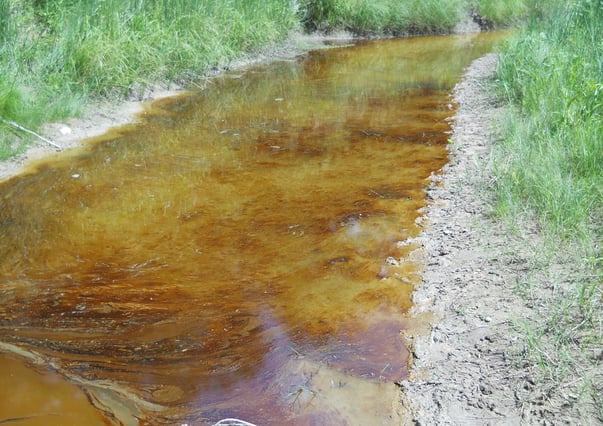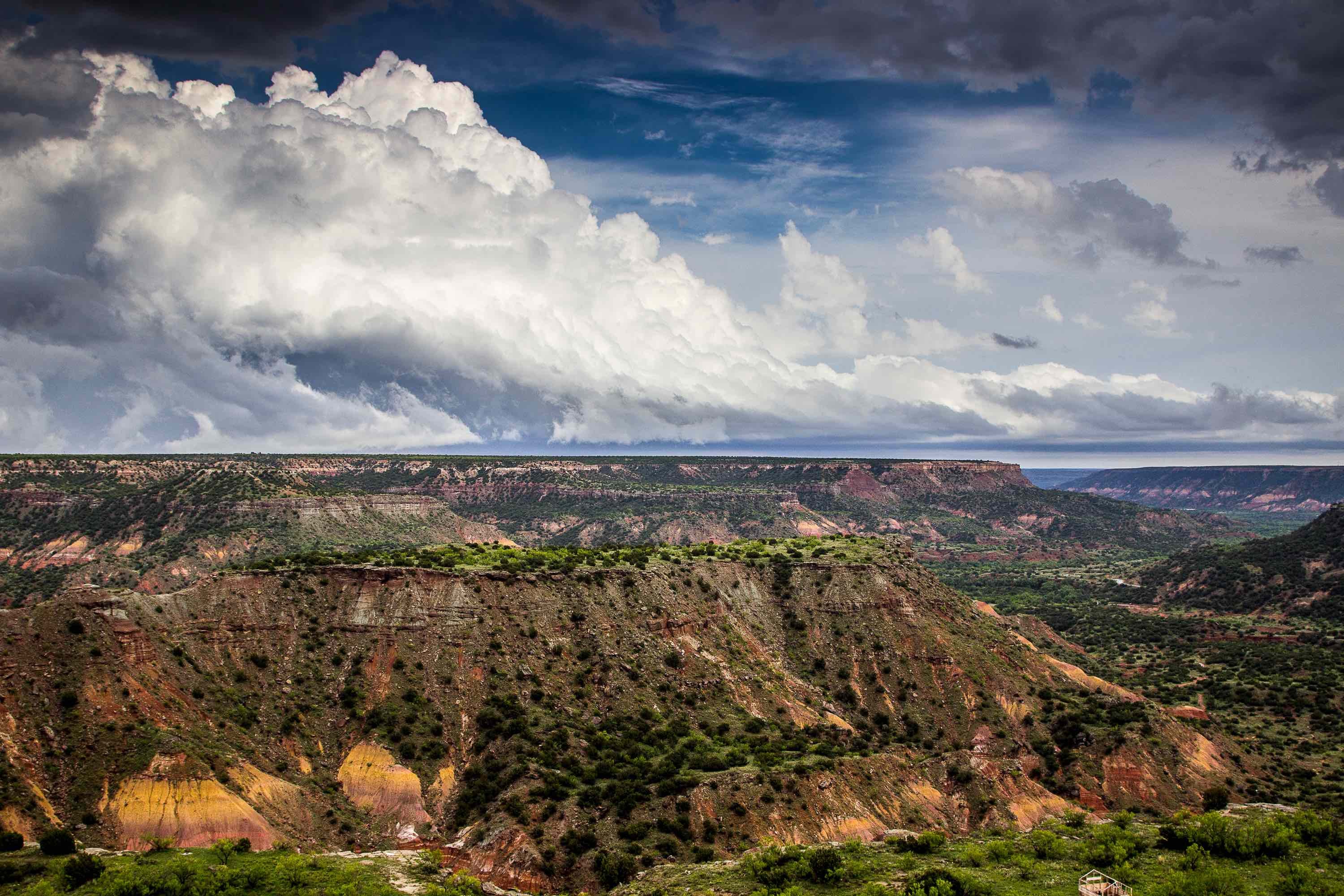Northern Colorado is home to some of the fastest growing communities in the mid-west. Though construction and industrial practices are a must for growth and development within our community, it is of the upmost importance that we do not forget our duty of environmental protection. Construction and industrial activities create discharges, which can have a significant impact on our waterways. This is why it is important to make sure you are properly implementing Stormwater Pollution Prevention Plans (SWPPP), and/or Stormwater Management Plans (SWMP).
 What is the Purpose of the SWPPPP, and do I need one?
What is the Purpose of the SWPPPP, and do I need one?
The goal of the SWPPP and the stormwater permit program is to reduce the amount of pollutants entering streams, lakes and rivers as a result of runoff from residential, commercial, municipal and industrial areas, including construction sites. The Environmental Protection Agency (EPA) requires these stormwater discharge permits from various activities as a part of the National Pollutant Discharge Elimination System (NDPES). In order to be covered under the NPDES general permit, Colorado requires you to submit a SWPPP (or SWMP), which identifies all of the potential sources of pollution at your site.
There are multiple sectors in Colorado that require a SWPPP, but the most common include construction, industrial, commercial, and municipal. One of the biggest mistakes when it comes to a SWPPP is not having one at all. The EPA has 3 main indicators that tell you whether or not you need one for coverage:
- Disturbing the soil on a property an acre or greater;
- Discharge of any pollutant (including sediment, grains, seeds, equipment/vehicle wash water, building wash water, oil and gas, paint, and any other chemicals or pollutant substances) into the stormwater drain or site runoff;
- Potential pollutants onsite that would impact waterways if accidentally spilled or discharged.
What’s included in the SWPPP?
A SWPPP typically involves an environmental consultant, such as Talon/LPE. The consultant performs a historical records review, conducts a site assessment on site and prepares the SWPPP. The SWPPP itself will include all of the site information such as what pollutant is on site and how much, the Best Management Practices (BMPs) for containing those pollutants and what will be done in case a discharge or release does occur. The environmental consultant will then submit the SWPPP to the EPA or local agency to be approved for coverage under the NDPES general permit, which will be valid for a 5 year cycle. Once the permit is approved, BMPs can be installed and maintained through regular inspections and sampling. Your consultant should maintain records, and monitor your site, ensuring it remains compliant.
Having knowledge of the SWPPP requirements in multiple states not only makes the process of constructing these SWPPPs more efficient, but it gives our customers a peace of mind knowing they are properly covered. Talon/LPE’s Fort Collins, Colorado office is more than qualified and ready to assist you. We are very familiar with the EPA requirements in Colorado, Wyoming, New Mexico, Texas, and Oklahoma, and have the full capability of completing everything needed for the SWPPP from start to finish. So whether you are renewing your SWPPP, or looking to gain new coverage, contact Talon/LPE today to ensure that you are staying in compliance.


